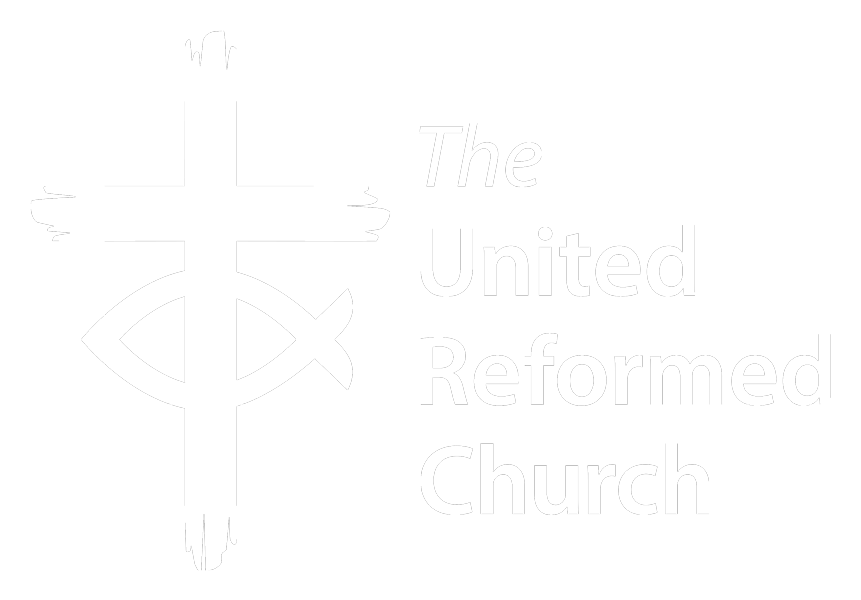Brief History of the Church
It is generally acknowledged and well documented that with the appointment of Rev.James Naylor, a Non-Conformist in 1688 that the main worshippers in the St.Ellyn’s Chapel at that time were of the Presbyterian/ Independent persuasion and therefore it is logical to assume that this date is a valid one on which to say this was the date of foundation for this fellowship.
However there is compelling evidence that from as early as 1613 when Catherine and James Downbell (Roman Catholics with an inclination towards the Presbyterian order of church government) vested the entire property into the care of Trustees that the air of non-conformity was abroad in the chapel.
The list of ministers/school masters employed from 1613 to and including 1688 is a roll call of men with impeccable non-conformist credentials
Among the ministers/school masters who served in this capacity the following are deserving of special mention:—
Richard Mather, who in 1635 joined the Pilgrim Fathers in New England—George Moxon, who in 1637 was cited for Nonconformity, , sailed to new England, became minister of the Congregational Church at Springfield Mass : subsequently returned to this country in 1651
Richard Mawdesley, of whom it is recorded in the Commonwealth Church Survey, that he was elected by “free choice of the inhabitants of the said chapel,” that his income was by the gratuity of his hearers, in addition to £4/12/4, the interest of several sums given towards the maintenance of a minister at the Chapel. John Howe, who prior to his settlement at St. Helens, was fined five hundred pounds and imprisoned (February 1635), for praying before sermon ‘ that the young Prince might not be brought up in Papacy.’ His son was the famous Puritan Divine of that name, and Domestic Chaplain to Oliver Cromwell
Thomas Gregg, refused to conform under the Act of Uniformity in 1662, but was not ejected. He was a bold and dauntless sort of man and continued to officiate in the public chapel and also to preach in dwelling-houses, barns, and all sorts of places licensed and unlicensed, until his death. James Naylor was minister for the long period of twenty-two years, and the last Nonconformist to serve in that capacity at the old School Chapel. He died 12th April 1710, and was buried in the Chapel
On the death of Rev James Naylor the authorities in the Church of England used the Courts to gain control of the St.Ellyns Chapel, with the result that a large number of the fellowship left the Chapel and by the end of the summer had built for themselves an Independent Chapel on land about 400yards from the old Chapel, given to them by Mr Jonathon Tyrer, a Tanner. This building could house about two hundred people. The first minister appointed by the congregation was Rev Joseph Gellibrand.
It is obvious that the new fellowship went from strength to strength. In 1806 the Rev Isaac Sharp opened a Sunday School. The original building was first enlarged in 1826 and by 1838 school rooms had been added. However in 1863 a group of members of largely Scottish Presbyterian persuasion left this chapel to build their own buildings in another place (Tolver St.) More details of the life of this fellowship can be found in Presbyterian Church of England – 1863 to 1913.
In 1970 these two strands of non-conformity Congregational and Presbyterian were re-united just prior to the formation of the United Reformed Church in 1972. Both branches had played leading roles in the life of the town.
The present church built in 1976 is situated just out of the centre of the Town .

